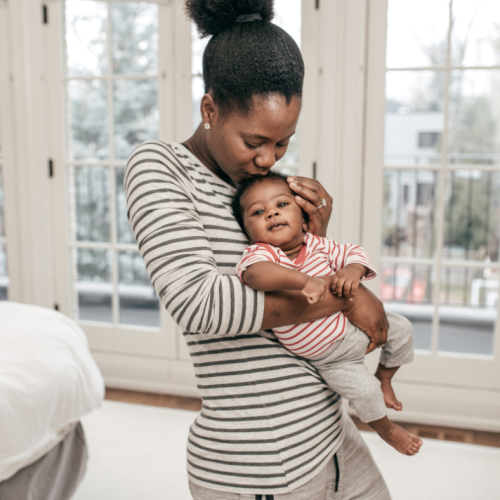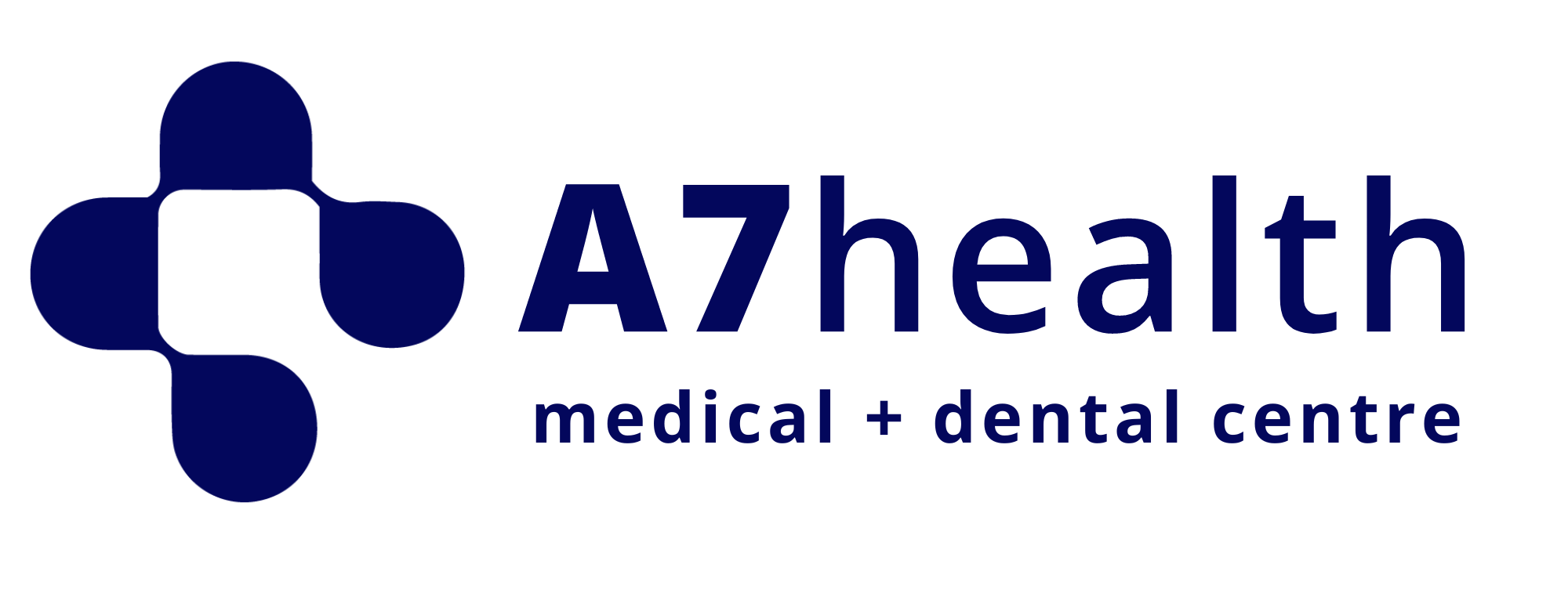Pelvic Pain after Pregnancy
Postpartum pelvic pain is inflammation and pain in the pelvic girdle, lower back, and hips that is very common during and after pregnancy. It is often described as a throbbing or dull pain.
Causes of postpartum pelvic pain
Every woman experiences some degree of pain and discomfort after a vaginal or C-section delivery. Each person is different and may have 1 or a combination of causes. These include:

- Hormones – During pregnancy, there are hormonal changes that lead to increased elasticity of the ligaments of the pelvic girdle. The increased elasticity and stress on the joints can lead to pain and inflammation.
- C-section – Having a baby can be very stressful on your body, especially if you delivered by C-section. You need more time to recover than after a routine vaginal delivery. See C-section recovery tips.
- Perineal tearing –This is the area between the anus and the vulva. It can be damaged or cut during childbirth. It is very common for this area to still be tender and have limited mobility after birth.
- Muscle weakness/imbalance – During pregnancy, your body changes to make room for the growing baby in your uterus, resulting in more curvature of the lower back, a tilted pelvis and increased tension in the upper back. This can lead to muscle spasms, hip and groin pain, nerve compression and sciatica.
- Separation of pubic bones -This is a normal part of pregnancy and birth that allows the baby to pass through the birth canal. However, excessive separation can lead to increased movement of the bones and inflammation or pain in the pubic area.
- Weight-gain – Excessive weight-gain and multiple pregnancies can increase the risk for pelvic pain.
- Pelvic organ prolapse – Pelvic organ prolapse occurs when the muscles and tissues that support your pelvic organs become weak and your pelvic organs prolapse or droop, pushing into or out of the vagina.
- Pelvic floor dysfunction – Pelvic floor dysfunction happens when the pressure in the abdomen increases, which increases the stress on the pelvic floor muscles. This can cause damage that leads to pelvic pain, abdominal pressure, vaginal pain, incontinence or urine or stool leakage.
Treatment for postpartum pelvic pain
Treatment with an A7 Health physiotherapist may include:
- Muscle strengthening
- Muscle relaxation
- Core strengthening
- Muscle massage
- Home self-care treatment plan
Pelvic floor therapy is a specialized form of physiotherapy that uses strengthening or relaxation exercises to relieve and condition the pelvic floor muscles to function normally.
All pregnancies affect the function of the pelvic floor muscles, regardless of the delivery route, and sometimes the muscles do not return to normal function after birth.
Techniques commonly used during treatment include:
- Kegel exercises – These exercises help you to tighten and relax your pelvic floor muscles. Sometimes after labor and delivery, these muscles are unable to contract or relax properly and muscle weakness can result in urinary or anal incontinence.
- Pelvic floor relaxation – If these muscles are too tight or spastic, stretching and releasing the pelvic floor muscles allows better circulation of oxygen and nutrients to the tissues and relieves pain.
- Core function – The pelvic floor is part of your core muscles. Therefore, the strength and coordination of both your abdominal and pelvic floor muscles is important for normal functioning. Strengthen your core will help improve your posture, reduce pain and improve function.
Treatment at A7 Health for Postpartum Pelvic Pain:
Get Physiotherapy – Book an appointment with a Physiotherapist at A7 Health who will assess you in a 45 minute consultation and provide treatment alongside a treatment plan to reduce and manage your pain. Some of the treatments include:
- Heat therapy.
- Lower back mobility exercises.
- Massage for pain relief.
- Mobilisations on any stiff joints such as your hips, lumbar spine joints or the sacroiliac joint (SIJ).
- Pelvic floor strengthening exercises.
- Strengthening exercises for your abdominal muscles.
Join an exercise class/session (with a Biokineticist) – Moderate exercise, such as walking, has been shown to help relieve back and pelvic pain during pregnancy. Stretching can help relieve sore muscles. Join an exercise class led by an A7 Health Biokineticist who will teach you exercises that will strengthen and relax muscles and help you to reduce the likelihood of pain during your pregnancy. These exercises will also help you with delivery and recovery after you give birth.
